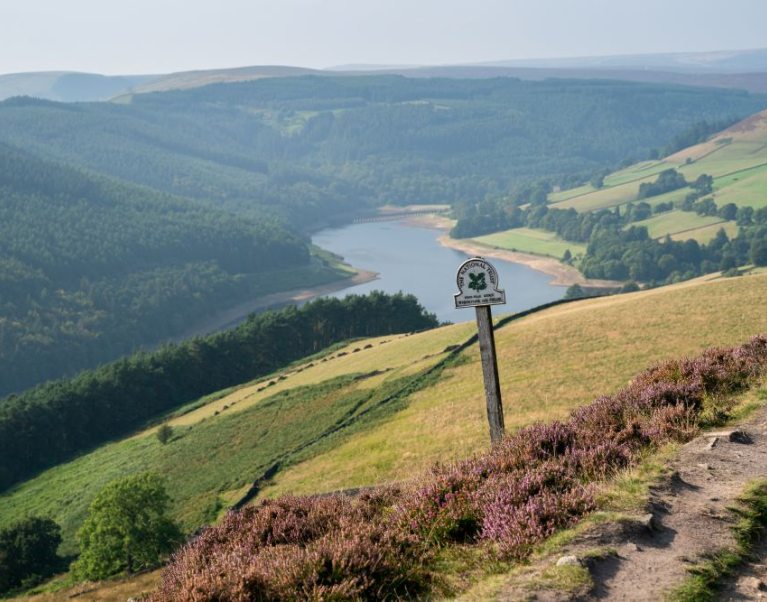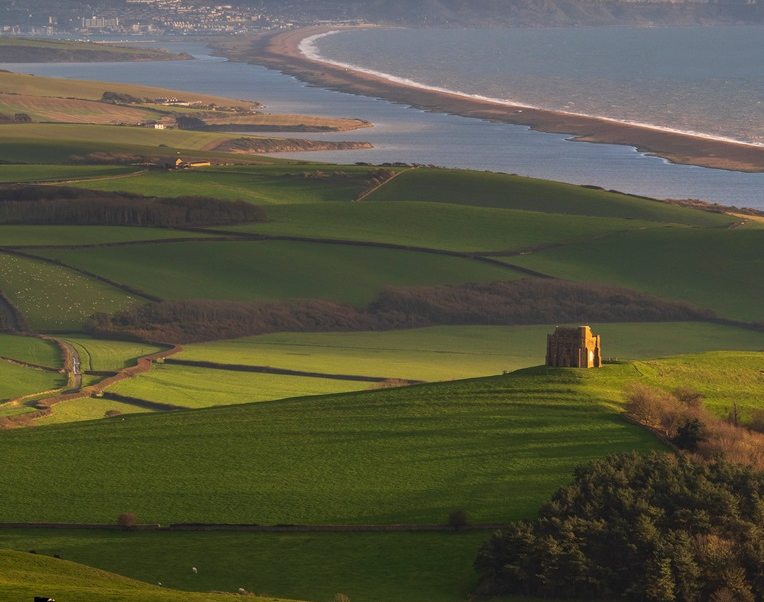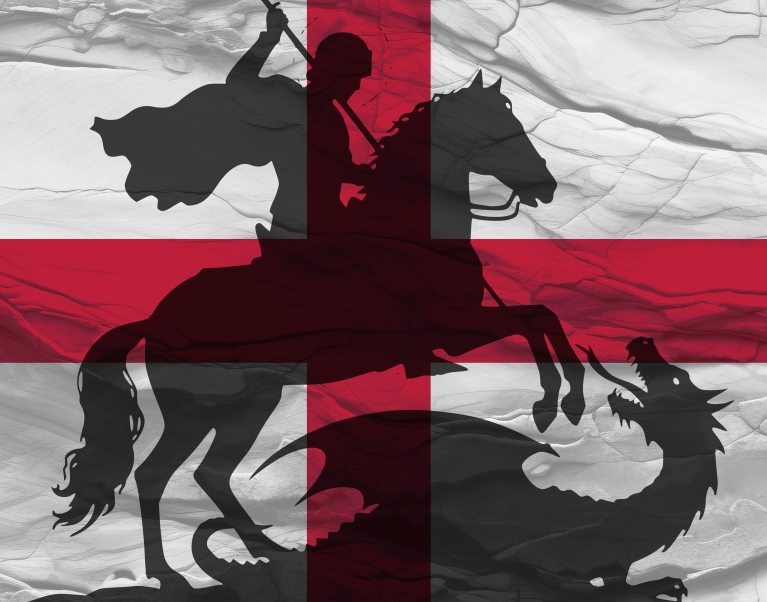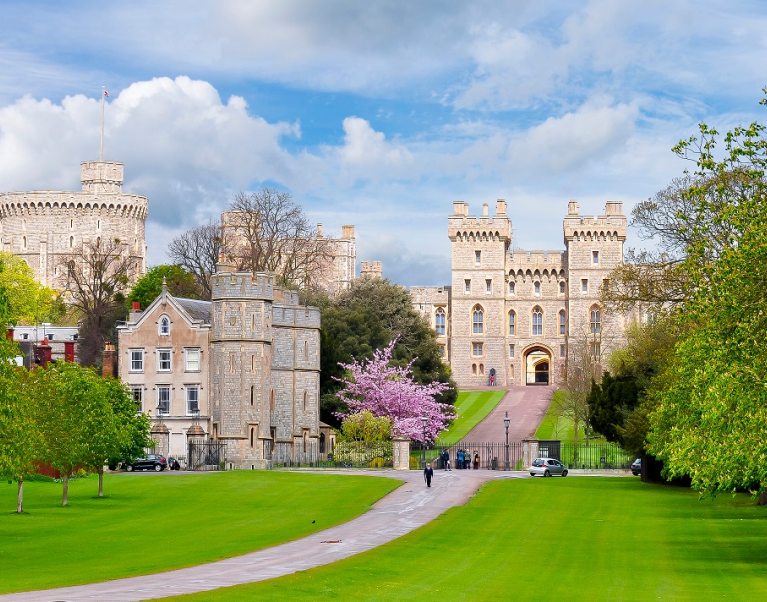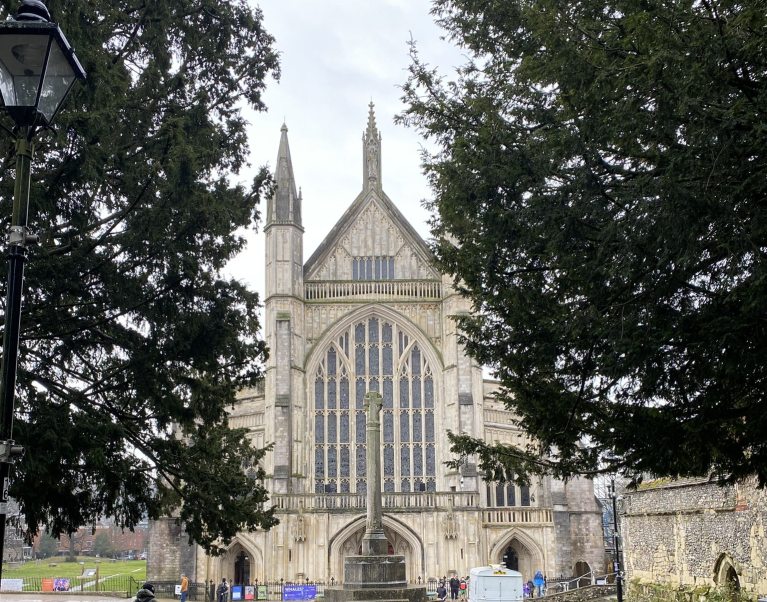The National Trust - Nature, Beauty, History
4th June, 2025
What is the National Trust?
At the end of the 19th century, Britain was in a bit of a state. More than 150 years of industrialisation had polluted the air and water, and the great metropolises of London, Birmingham and Manchester had sprawled out over the land. The population had tripled. Britain’s natural and national heritage was at risk of being damaged beyond repair. Three campaigners wanted to do something about it. In 1895, social reformer Octavia Hill, Canon Hardwicke Rawnsley, and lawyer Sir Robert Hunter set up the National Trust. The idea was to preserve Britain’s beauty for everyone’s ‘enjoyment, refreshment and rest’.
The National Trust quickly grew. After the Second World War donations from the government allowed the National Trust to buy up and renovate the stately homes owned by Britain’s indebted aristocracy. In the 1970's someone had the bright idea of opening a café at Sizergh, and National Trust properties quickly became a staple of the British day out. Today, the National Trust has more than five million members.
What does the National Trust look after?
The National Trust owns some 500 nature reserves, gardens, and historic buildings, including stately homes and castles. About one-fifth of all National Trust land is coastal including parts of the dramatic Pembrokeshire Coast National Park in western Wales. It also owns much of the Lake District. As one of Britian’s major landowners, the National Trust has many tenants, including 1,300 farmers. The National Trust is the landlord of the whole village of Lacock in Wiltshire, which has changed very little since the Victorian period, and so has been the setting of many a glittering historical drama - including Wolf Hall and several of the Harry Potter films
The National Trust for Scotland
Scotland’s heritage and natural beauty are managed by a different organisation, the National Trust for Scotland. The story of why Scotland has its own National Trust is not as awkward as you might fear. Until the 1930s the Association for the Protection of Rural Scotland had looked after the sorts of property that the National Trust looked after in the rest of Britain, but they couldn’t afford the Loch Dee Estate in Galloway when it was offered to them. So, Scottish philanthropists set up their own organisation: the National Trust for Scotland which now takes care of 76,000 hectares of countryside; 27 castles; over one million seabirds and much more.
Visiting From Overseas?
International visitors can buy an explorer pass for either 4, 8 or 14 days, valid from a date you select on purchase. They are quite affordable, starting at £36 per adult, and deals are available for pairs of travelers or families. This is a great way to see England, Wales and Northern Ireland’s historic sites and natural beauty. You can find out more here. In the United States you can join the Royal Oak Foundation, a tax-exempt non-profit that fundraises for the National Trust. Royal Oak Foundation membership grants you unlimited access to 350 historic sites in England, Wales and Northern Ireland. Contributions and membership dues are tax deductible - always a bonus!
Our Favourite National Trust Sites
There are National Trust sites all over England, Wales and Northern Ireland, and our tours visit many of our favourites. Bibury, once described by William Morris as ‘the most beautiful village in England’ features in several of our Cotswold walking and cycling tours. Here the National Trust own Arlington Row, a set of nine 17th century weavers cottages in bucolic rural England.
On the other side of the country, our ‘Suffolk Seaside Jolly lets you cycle to the wild Orford Ness and Dunwich Heath landscapes, which are also owned by the National Trust. These places are unique coastal habitats and are a haven for England’s rare animals, like nightjars, adders, and grey seals.
Other coastal National Trust land includes Seven Sisters and Beachy Head in Sussex, and the famous White Cliffs of Dover.
The Carter Company’s luxury walking and cycling holidays are the best way to take in Britain’s nature, beauty and history. It's thanks to organisations like the National Trust and the National Trust for Scotland that Britain’s natural and national heritage has been protected and preserved for us, and for future generations.
Posted by: Will Garbett
Tags: Cycling holidays, Eat + drink, Hidden gems, History, Walking holidays

